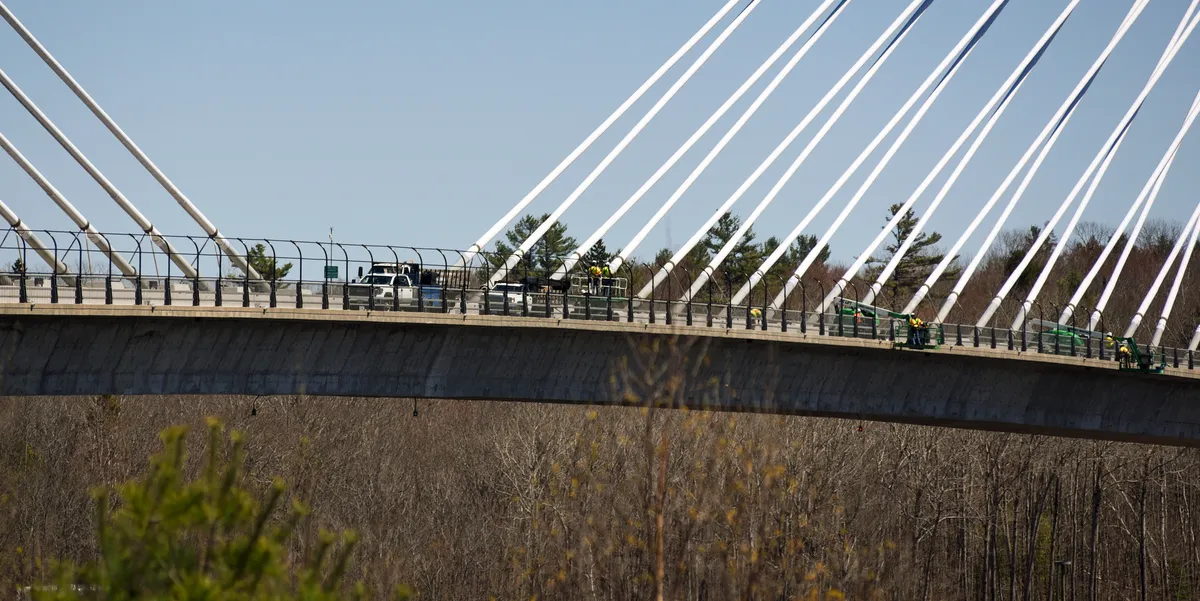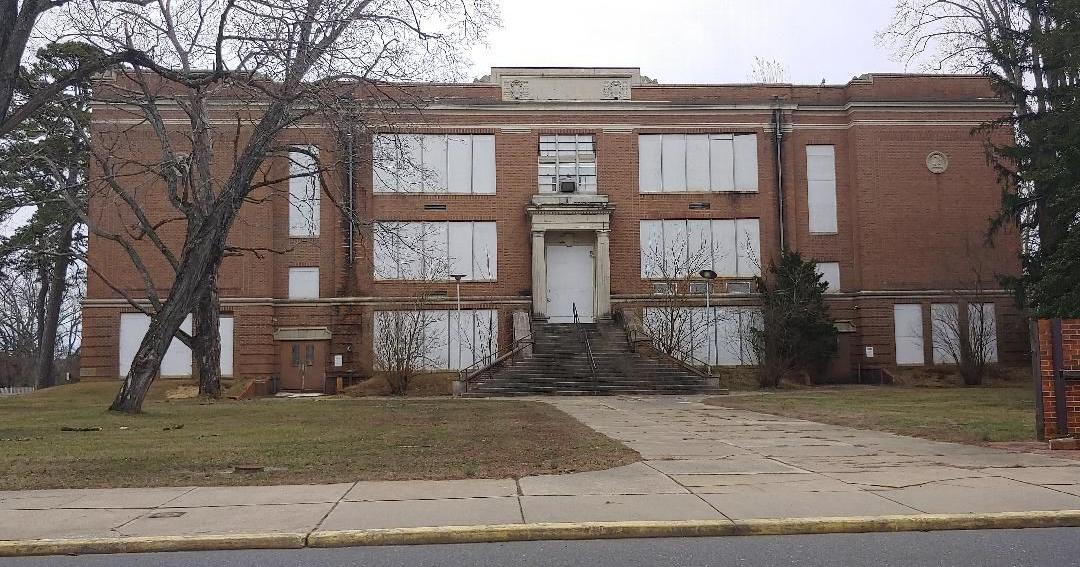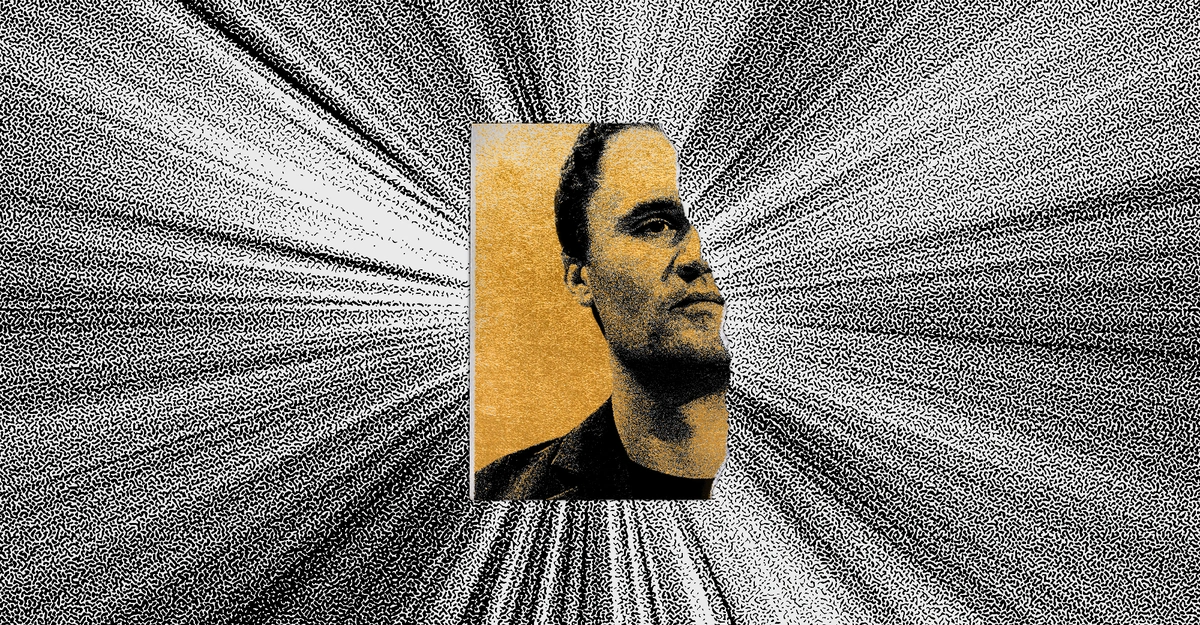
The BDN Opinion section operates independently and does not set news policies or contribute to reporting or editing articles elsewhere in the newspaper or on bangordailynews.com
Dora Anne Mills is the chief health improvement officer for MaineHealth. Alex S. Keuroghlian serves as chief of MaineHealth Behavioral Health and chair of the Department of Psychiatry at MaineHealth.
To reach a suicide prevention hotline, call or text 988 or chat at 988lifeline.org.
Every week in Maine, families lose a loved one to suicide. Each loss tears through a community, leaving behind grief, unanswered questions, and a sense of “what if?”
Last year, the Maine Centers for Disease Control counted 282 lives lost to suicide. That’s an age-adjusted rate of 17.7 deaths per 100,000 people — higher than the national average and among the highest in New England. Suicide is now the second-leading cause of death for Maine youth ages 10–24. These statistics are more than numbers; they reflect our neighbors, classmates and coworkers.
Suicide is not inevitable. It is a public health problem that demands a public health solution. Just as we respond to other threats — vaccines for infectious diseases, seatbelts for car crashes — we can respond to suicide with proven, evidence-based approaches. Public health teaches us that:
Data guide action. Understanding who is at risk helps us tailor interventions.
Prevention works. Barriers, screening, and crisis support save lives.
Communities matter. Families, schools, health care providers and policymakers each hold part of the solution.
We’ve seen this approach succeed before. Deaths from heart disease declined dramatically over recent decades because we took a comprehensive approach: education to reduce smoking and improve diets; screening to catch high blood pressure and high cholesterol early; treatments like statins; and emergency responses — CPR and AEDs — available in nearly every public place. Survivors of major cardiac events often live for decades because prevention, rapid intervention and treatment work together.
The same approach applies to suicide. We already know what helps:
Early education reduces stigma and builds resilience among young people.
Screenings in schools, primary care and behavioral health settings identify those at higher risk.
Evidence-based treatments can directly reduce suicidal thoughts and behaviors.
Public training, such as Mental Health First Aid, equips anyone to recognize warning signs, ask the right questions and connect someone with suicide risk to help.
Ongoing support after a suicide attempt allows people to recover and go on to live meaningful lives.
We can also look to our response to the opioid epidemic. In Maine, we expanded access to naloxone, built treatment capacity, invested in harm reduction and strengthened prevention. We did this because the numbers were too devastating to ignore. Suicide also deserves urgency, coordination, and investment.
So, what can you do today to save a life?
Talk and listen. If you’re worried about someone, ask directly if they’re thinking about suicide. It can open the door to hope and help.
Know the resources. From primary care to crisis lines, support is available.
Support prevention. Advocate for schools, health care organizations and communities to invest in programs we know make a difference.
Push past stigma. Join open, compassionate conversations about mental health.
Just as Maine rallied against opioids and heart disease, we can rally against suicide. Every life saved is a future preserved. And, together, we can turn tragedy into hope.



